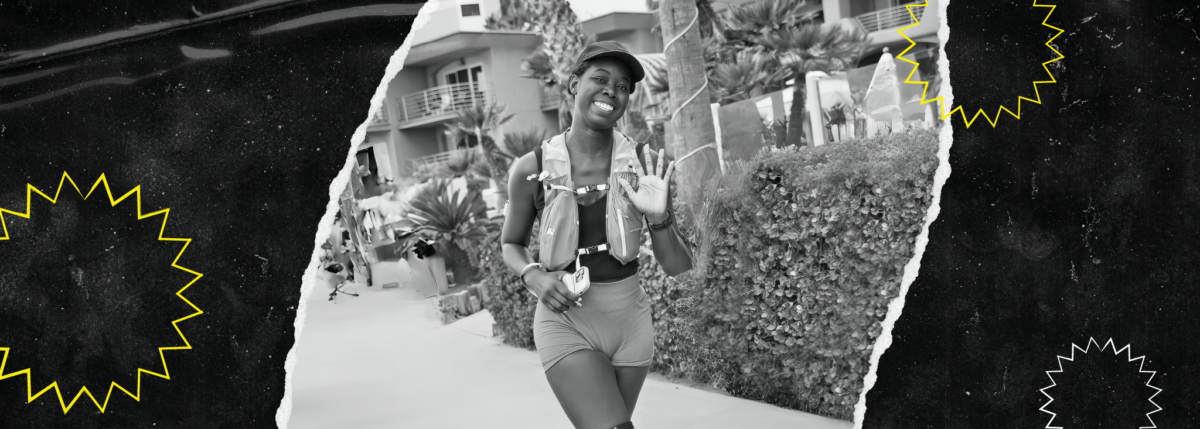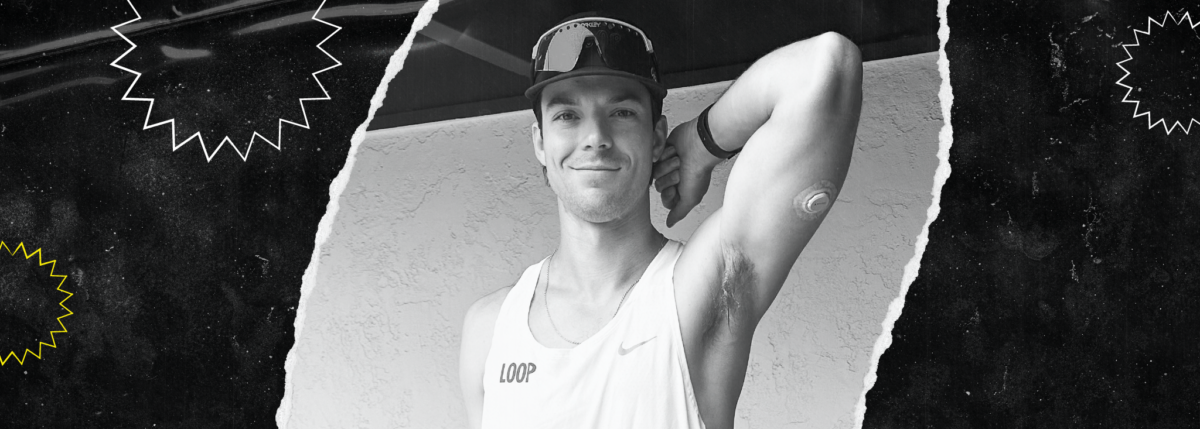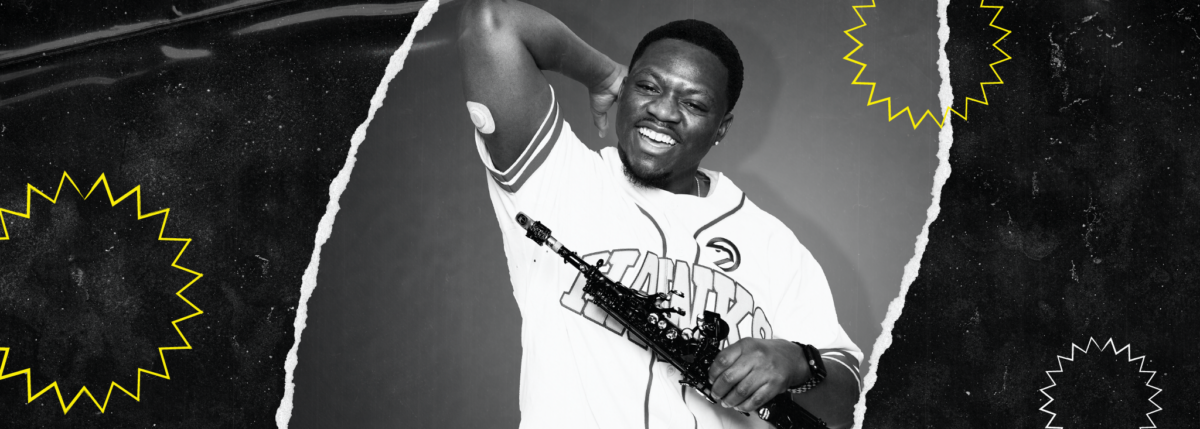A Runner’s Guide to T1D
Written by: Stephanie Kahn
4 minute read
September 18, 2017
Twenty years after her diagnosis, Stephanie Kahn is ready to run a half marathon and a full marathon in the same year. Her training is preparing her body at the same time as her mind is accepting the opportunity to speak openly about type 1 diabetes.
Editor’s Note: Stephanie Kahn was a member of Beyond Type Run‘s 2017 TCS New York City Marathon Team sponsored by Medtronic Diabetes. Learn more about the 2019 Beyond Type Run team here.

One week before my 5th birthday, I was diagnosed with type 1 diabetes. Even though I don’t make much of an issue of it in my daily life, my diabetes is in the background all the time. Looking back over the last two decades, I’ve realized that keeping track of my diabetes is something I’ve internalized and just do. It’s affected my outlook on life, and it forced that little girl in Disney footie pajamas to grow up way faster than any 4-year-old should have to.
Being diagnosed so young, I grew up with the mentality that I could do everything everyone else did, just as long as I tested my blood sugar. My parents would say, “Who’s in charge of you?” and I would emphatically answer, “Me!”
But something felt different as I hit my 20th diaversary.
For years I kept my diabetes private while toying with the idea that I could be a public advocate if I wanted to. Then the Beyond Type Run team was announced. It felt like fate.
I started running in 2015 after graduating from college. The sport was empowering, and I was hooked. I decided (loosely) to set a goal to run a new distance each year. In 2015, I ran a 5k and 4-mile. In 2016, I trained for my 10k. Finally, 2017 was supposed to be my half marathon year. Now it’s my half marathon and full marathon year.
When I got started, even the shortest distances made my blood sugar plummet. At a different point in my life, I think I would have changed sports, but this was something I was determined to follow through with. I consulted my medical team (if you’re considering taking up any sport, I highly recommend building yourself a team of experts—doctors, nutritionists, trainers, etc.) and made changes to my routine, using my insulin pump and continuous glucose monitor (CGM) to stay safe (shout out to Minimed—keeping me healthy since 2005).
When I started trying to run more than 4 miles, my blood sugars started really plummeting. I was unable to recover and finish my runs. Between my endocrinologist advising me on temporary basal rates and my nutritionist teaching me how to properly fuel for these workouts, I was able to start increasing my mileage, though, over time.
When I was accepted to Beyond Type Run, I knew I couldn’t do this alone. I immediately reached out to my endocrinologist and nutritionist who got me going with strategies to maintain stable blood glucose levels both while running and during the days and nights between my workouts.
My biggest fear in committing to the team was that I’d have to miss workouts because of my diabetes. With such a big race, I didn’t feel like I could afford that. I decided to meet with a running coach. I was far more upfront about the challenges of running with diabetes than I usually am. Having an athletic expert to reassure me that I’m doing this correctly has been remarkably validating.
Early in my running life, I searched the internet for guides to running with type 1 diabetes (T1D). While I found allusions to plans made with medical professionals, there were no concrete descriptions of which foods to carry or what to do about insulin. So here are some of the things I’ve found work for me.
- I reduce my basal insulin in advance and for the duration of my activity. One hour ahead works well for me. I started training while wearing the MiniMed 530G and upgraded to the Medtronic MiniMed 670G in August. I love using “Temp Target” in Auto Mode because it gives me the insulin I need in varying amounts based on what the CGM is reading. It’s really cool technology, and I’ve been so impressed with how well it works for me!
- I try not to have active insulin before running because it tends to make me go low.
- Long runs—I carry Gatorade chews, Huma or Honey Stinger gels, dried dates, water and a low carb sports drink (Gatorade G2, but if you prefer Powerade Zero go for it). I keep all of the food in my Stay Fit Running Belt. This belt changed everything for me—I can carry all of my stuff and nothing bounces!!
- Short runs – I carry just the Gatorade chews because they are small and light.
- I always have my phone with me in case I need to call for help.
- I use my CGM to make sure I’m staying in range. If I rise above 220, I will take a very small bolus and try to catch rising blood glucose levels (BGs) before they get too high.
- I keep all my CGM alarms on. Running affects my blood sugar throughout the day and night after a workout. I especially rely on alarms that predict lows. They help me while I’m running and keep me safe at night. There are nights when I go low five or more times while I’m trying to sleep, and the alarms wake me up.
- My diet has changed a lot. I realized I had been eating a low carb diet because I was afraid to bolus in case I got it wrong, so I just didn’t eat enough carbs to warrant much insulin at all. That was a mental hurdle I had to overcome because I need carbs to replenish the glycogen I use while running. There were a few weeks when I had completely depleted my glycogen stores, and glycogen is vital to staying stable while training.
Mostly, I pay attention to my diabetes more because it acts up as a result of training. I have always thought of my diabetes as something that exists separately form myself. In my mind, I am a runner, a lighting designer, a second-degree black belt in taekwondo, a graduate student, a professional, a daughter, a sister and a friend. Diabetes is that thing over in the corner I’m forced to deal with. But since opening up about T1D and joining this team, I’ve realized internalizing is not the answer. Opening up and talking has been refreshing. It has made me healthier. And I hope it’s helping other people like me realize all the ways they can also Live Beyond.
To learn more about the 2019 TCS New York City Marathon Beyond Type Run team click here.

Author
Stephanie Kahn
Stephanie is a non-profit associate and graduate student in Cleveland, Ohio. She has had type 1 diabetes (T1D) since 1997 and grew up attending Camp Ho Mita Koda. When she isn't working, doing schoolwork, or running, Stephanie enjoys reading, participating in National Novel Writing Month, and working in theatrical lighting design. Follow her Beyond Type Run marathon training adventures on Instagram at instagram.com/skrunsamarathon.
Related Resources

Danica Collins not only prepared for one of the most challenging physical events of her...
Read more

Beyond Type 1 is spotlighting inspiring athletes with type 1 diabetes as they prepare for...
Read more

On November 3, 2024, Taylor Rindfleisch of Chicago laced up her running shoes for the...
Read more

